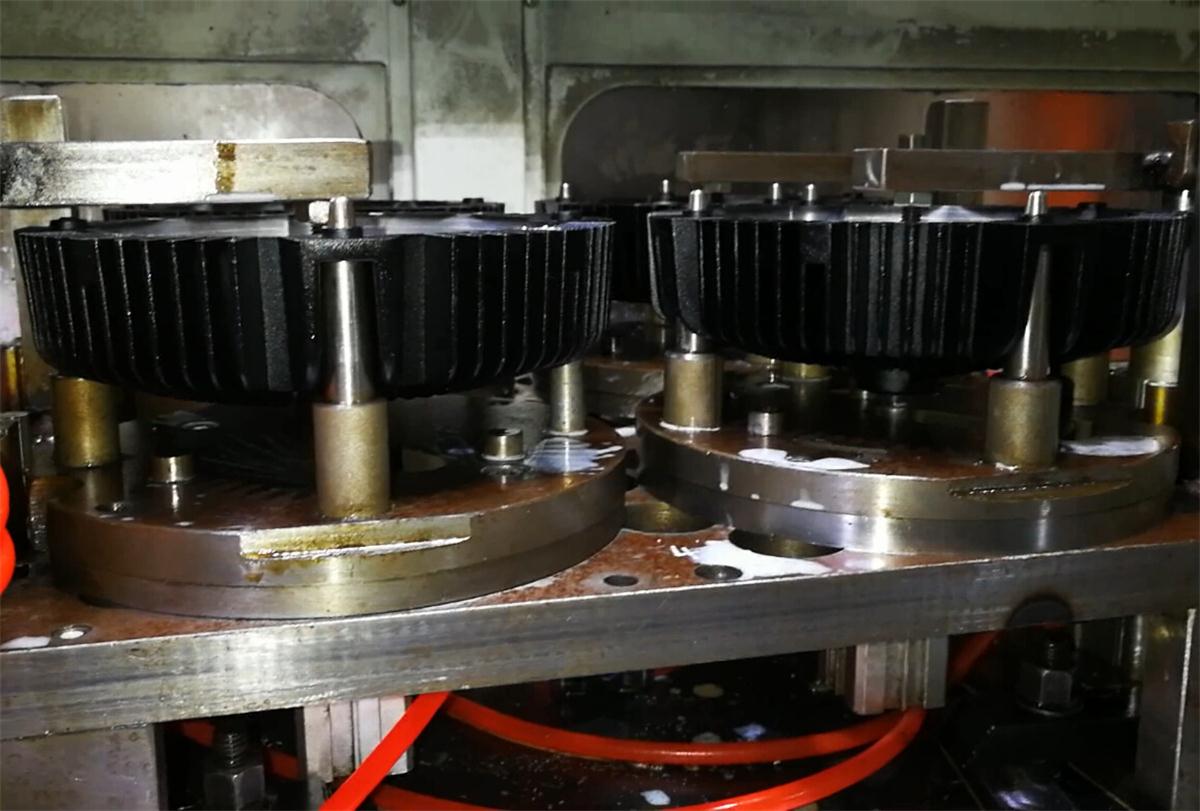processes used to making a challenge coin - die casting manufacturing process
by:Hanway
2019-09-01

There are two main processes used to produce challenging coins.
Mold casting (hot molded)
The blow of death (stamped/minted)process.
The two processes generate 2D/3D (raised)
Challenge coins. The 2D/3D (raised)
Composed of two or more flat plains, each called the graduation level.
These graduation levels are level 1 (1D), level 2 (2D), level 3 (3D).
The change of 2D/3D or the gradient of the hierarchy makes the logo or image more realistic.
2D/3D is cast into coin metal during die casting.
In the mold strike coin, 2D/3D is a metal cut that "binds" together and enters the sunken area of the mold strike military coin.
Mold casting challenges coins.
Die Casting manufacturing process is a high-end and efficient process for precision design, production of the highest quality military challenge coins.
It is especially suitable for applications where high Details, complex design and good surface quality and size consistency are required in military coins.
The final result of the military coin manufactured by mold casting is a uniform design, excellent surface finish and good size (2D/3D)accuracy (realistic)
And excellent challenge coin quality.
The die casting process involves forcing the molten metal into the mold cavity at high pressure (die molds).
Once the metal is cured, each coin is removed, cleaned, polished, and then the enamel paint is injected into the design.
Unlike death strikeslike" look of (2D/3D)multi-
The horizontal mold "sticks" the metal pieces together.
Die-cast coins are made of metal in a smooth, progressive 2D/3D mold to produce high quality, superior military coins.
The coins cast by all molds are standard 2D.
The limitation of the die casting process is lettering, which is different from the "square" sharp lettering produced by the stamping process, and the lettering is more "round ". Die Struck (stamped/minted)
The level coin generated during the Challenge CoinsThe dead strike.
First, make the mold for both sides of the design.
Then, a metal is placed between the molds, designed to be "double printed" on both sides at the same time, with a pressure of about 15 tons to obtain the raised and sunken areas of the design.
This process "pushes" and "presses" the metal to form a challenge coin design, level 1 (1D).
Military Challenge coin design that requires two or more levels of detail (2D/3D)
The mold impact process includes metal cutting
Designed and then "bonded" at the top of level 1 "(1D)
For 2D logos or images. The 3D (logo or image)
"Glue" at the top of 2D ".
More than this 2D/3D
The "grade" details of a dead strike military coin give the challenge coin a "step-like" look with a high failure rate;
It means that the pieces of "stick" are scattered or worn out.
Due to the labor-intensive and high cost of producing 2D and 3D challenge coins, most mold strike manufacturers only produce the first-class coins (1D)
Details use the method of "double stamping.
Even though they say their process will produce 2D and 3D details.
In conclusion, the die casting manufacturing process should be the selection process for producing high quality, detailed 2D/3D challenge coins.
The mold hits the level of the requirements of the simple design selected during the manufacturing process (1D)
Details, single sided coin design, leather, lapels pins, tokens, badges and our coin currency.
Custom message








